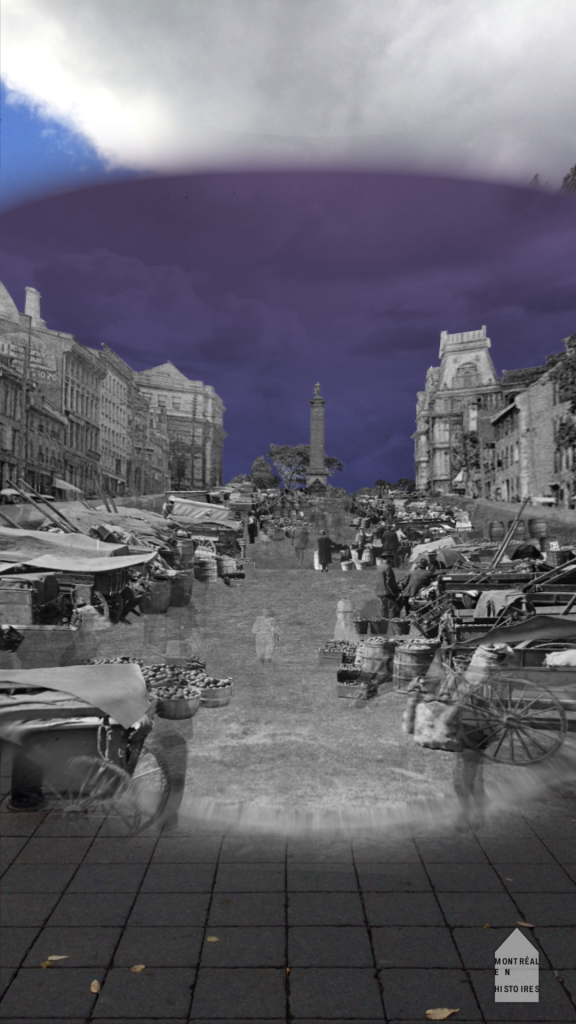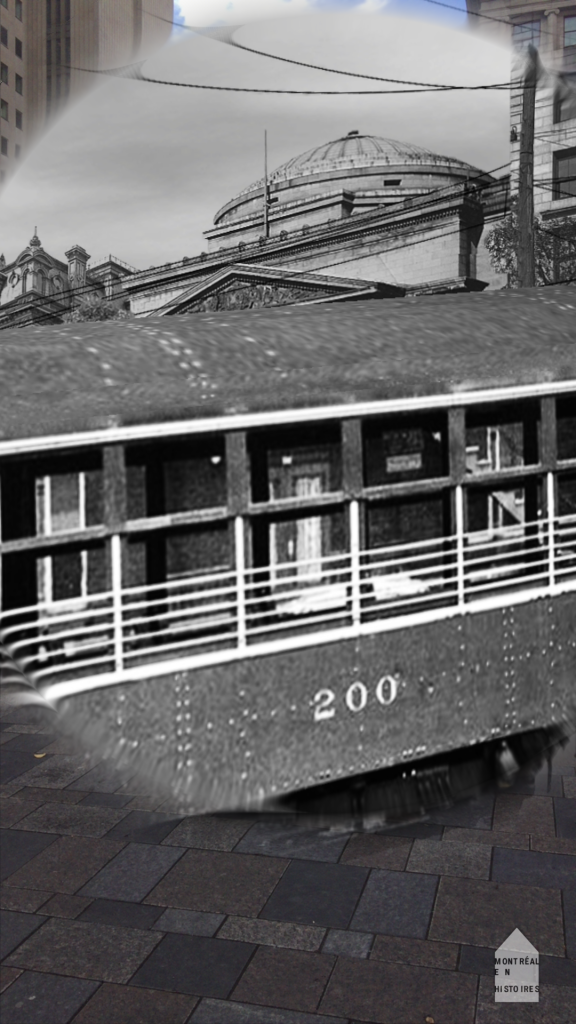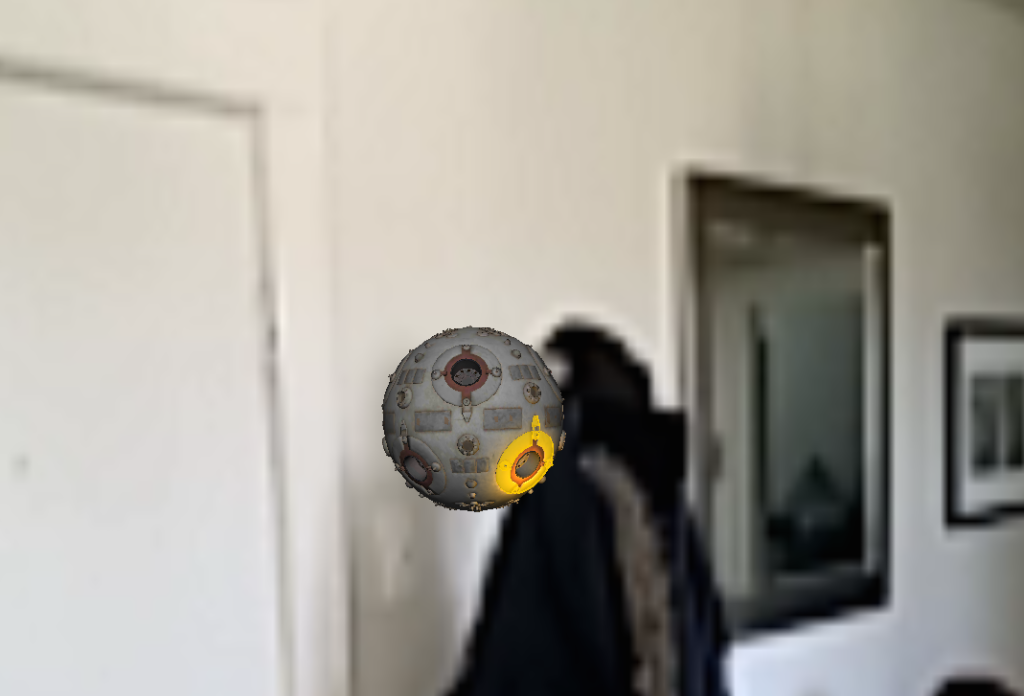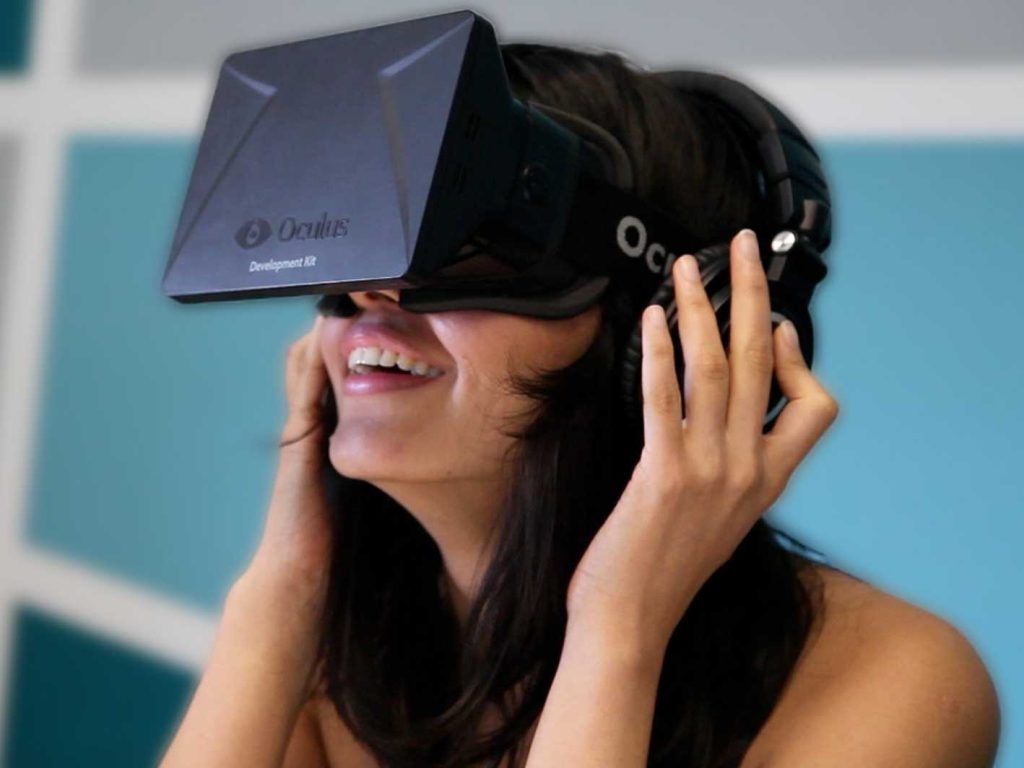Ev’rybody’s talkin’ bout AR: Augmented Reality and VR: Virtual Reality. It’s the hot thing for nonprofits and mobile tech these days so I thought I’d take a couple blog posts to delve into it a bit. What is it? How do you build it? Who’s doing it? Does it work and how much does it cost?
To figure out the basics, I talked with Luke Hollis, an AR/VR developer and asked him to clarify it for us. I also checked out some stuff on my own, which I’ll share with you… cause I’m chatty. So I give to you, Part 1 of 3 of EVERYBODY’S TALKIN BOUT AR.
Q: What’s the difference between AR and VR?
LUKE: VR or Virtual reality completely replaces a user’s vision or other senses to create immersive experiences, AR or augmented reality overlays digital information in a user’s perception of the real world. AR applications consist of information layered on top of a camera feed (for traditional mobile devices) or a see-through display that a user wears across their field of vision [like the old Google Glass].
[Erik Klopfer and his team at MIT] tries to follow the 80/20 rule concerning the museums and historical sites they partner with; namely, a given user should interact with the immediate, real-world artifacts and environment at least 80% of the time that they are in the gallery space while having their experience with the objects only enhanced by a digital application for up to 20% of their time in that area.
KELLIAN: In ‘Guardians of the Galaxy” (Thanks James Collins) this futuristic AR has a beam that shows you what this space may have looked like in history. It doesn’t take over your perception, it just adds to it. Typically AR projects use a tablet or phone to superimpose pictures or movies or text on what the device’s camera already sees.
In real life… not a Marvel movie… AR looks more like what you see below: An augmented reality iphone tour of Montreal called “Montreal En Histoires.” This type of AR unlocks content by having the user line up the phone camera with objects in a certain location. When the image in your camera fits the “target”, the app unlocks content and pictures, which would overlay onto what you saw in front of you.
The unlock was fun and definitely got oohs and aahs from friends who were with me. The trouble was, after the ooohs and aahs, it was just an audio tour and there wasn’t much for me to do but stand and be talked at. My only interaction was to hold up my arm until it ached and I could only talk my friends into looking at two stops on the tour before they got interested in other things. Still… the finding the location and unlocking the content was fun.



Disney’s recent AR coloring book is also… obviously… AR. In this version of AR, you color a page, hold your ipad over the page and watch the page “come to life”, ie: move, dance… you can move the ipad around to see different angles of the character. It also has the “unlock” mechanism- you can’t see the character unless you hold it above the coloring book and activate the animation. Fancy, yes… but definitely an early iteration of this technology. It’s mostly cool because it’s new.

My husband is currently (as in… as I’m writing this) playing the “Star Wars” AR game- he just won the rank of jedi. This is a different type of AR where an object is superimposed over any background, it doesn’t matter where it is and it doesn’t have to be unlocked. The program will superimpose the animation over any location. He’s currently doing light sabre training in our living room. Now THAT is a useful iteration of AR… it’s fully interactive and he’s completely engaged, though his arms are getting tired from holding his phone up.
For VR, you typically need goggles that completely cover your eyes, like Leap Motion, Oculus or Google Cardboard. The image moves with your head and it really feels like you’re actually in a completely new environment. Very “Ready Player One”. (Which, if you haven’t read it yet, you SHOULD!

When I tried an oculus at home with my friends, we experimented with turning a fan on the user so they felt like they were moving. Of course the irony of the whole thing is when you take off the rig and you look around and you’re like “Wow everything is so realistic!” You know what’s really realistic? Reality. Currently VR for education is mostly being used to mimic real spaces like museums and roller coasters but as content gets better, VR is going to start building things that can’t happen in real space, and that’s when things will get cool… in my humble opinion
LUKE: Though the difference between AR and VR digital installations at museums is great, to me, some of the most interesting and beneficial software comes from moving between AR and VR to allow the site visitor to interact with artifacts and then step into another place or time related to the artifacts they’re most interested in. Used in tandem, AR and VR offer a powerful and engaging medium to aid visitors in imagining histories and traditions in a way that previously wouldn’t have been possible.
Big thanks to Luke for helping me out with this post!!
Next week: MOAR AR! What are some cool AR/VR projects?? Smithsonian Postal Museum and AMNH, I’m lookin’ at you.
And then: What resources/platforms do you need to build an AR or VR experience for a museum?


Leave a Reply